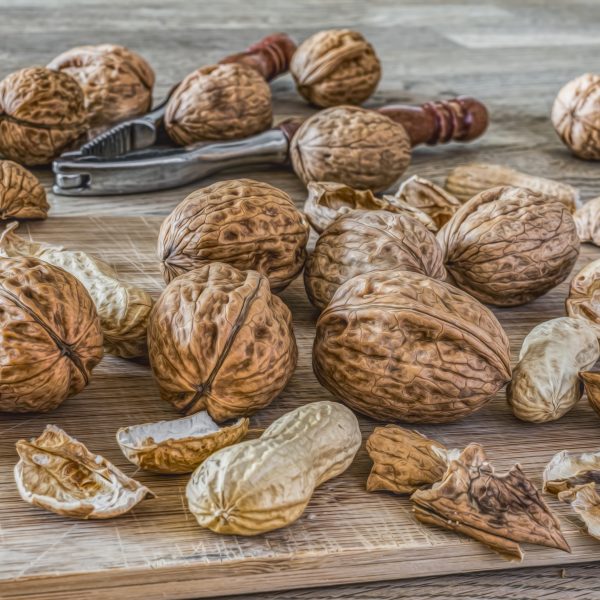Researchers reveal the primary triggers of anaphylaxis

A new study from US based Baylor College of Medicine has offered insight into the primary triggers and management of childhood anaphylaxis. Whilst numerous studies have been conducted in the adult population, limited information is available about its occurrence in children and infants.
Anaphylaxis is triggered by certain types of food, drugs, insects or other items that contain allergens. Symptoms can include widespread hives, coughing, difficulty breathing, wheezing and gastrointestinal issues. In severe cases symptoms include lethargy, dizziness and hypotension, which are rare in children.
The study, due to be published in the Journal of Allergy and Clinical Immunology: In Practice later this month, will aim to bridge the gap in knowledge about childhood anaphylaxis, with lead researcher Dr. Aikaterini Anagnostou saying the study has a focus on reports of anaphylaxis in children only, specifically examining triggers and management approaches.
To conduct the study, 275 cases of childhood anaphylaxis in children aged birth – 18 years were retrospectively reviewed. The researchers found that triggers for anaphylaxis can differ based on geographical region. According to the study, the top trigger for this population is tree nuts, such as cashew and walnut. “This is interesting because in most studies up until now the most common food trigger was peanuts, so this is new” Dr Anagnostou said.
While tree nuts are a common trigger in children, infants can be affected by other foods such as egg. Dr Anagnostou addressed the importance of knowing the triggers for infants, especially since many people do not realise that anaphylaxis can occur during the first year of life.
“We encourage early allergenic food introduction in infants, so it is important to know and remember that anaphylaxis can also happen in an infant” she said. “It’s something to look out for and be aware of. Egg is an important food trigger in that age group based on our findings.”
Researchers noted that the first, and only, way to reverse the symptoms of anaphylaxis is with the use of an epinephrine injection, commonly known as an epi-pen. In some cases, it may take several injections to reverse the allergic reaction.
In those who were studied for the purposes of the research, one of the most crucial findings was an appropriately high rate of epinephrine administration: 88 per cent for all children and 87 per cent for infants.
Dr Anagnostou explained that this is significant since other studies have reported low epinephrine administration rates and many parents have feared using the injections. “We are very impressed with the fact that the overwhelming majority of our patients here received epinephrine because that is very different from what has been reported so far in various other regions of this country and in Europe” she said.
Another important finding of the study was that episodes of anaphylaxis tended to occur more often in the home than they did in early childhood education and care (ECEC) settings, or school.
“We get a lot of parents understandably worried about severe reactions happening to their children when out of their care if they eat the wrong food” Dr Anagnostou said. “Although this concern is expected, we noted more than half of the anaphylactic episodes happening at home and few happening at school or in daycare in our study. Our findings are consistent with what has been previously reported on the rate of anaphylaxis being higher at home than outside the home setting.”
Training and education play a key role when it comes to helping educators and parents recognise the symptoms of anaphylaxis and treating a severe reaction appropriately, she said.
“The important message is that everyone should know how to recognise anaphylaxis and be aware that it can happen at any age, including young infants” Dr Anagnostou said. “Also, people should not be afraid to use the epinephrine auto-injectors as it is the only treatment that will reverse the symptoms of anaphylaxis.”
For more information about anaphylaxis in education and care settings, please see here.
Popular

Workforce
Policy
Quality
Practice
Provider
Research
ECEC must change now, our children can’t wait for another inquiry
2025-07-02 07:47:14
by Fiona Alston

Practice
Provider
Quality
Workforce
Leading with Curiosity: How distributed leadership is redefining the future of early childhood education
2025-07-03 07:42:07
by Contributed Content

Events News
Workforce
Marketplace
Practice
Quality
Provider
Research
An exclusive “Fireside Chat” with ECEC Champion Myra Geddes
2025-07-01 11:25:05
by Fiona Alston













